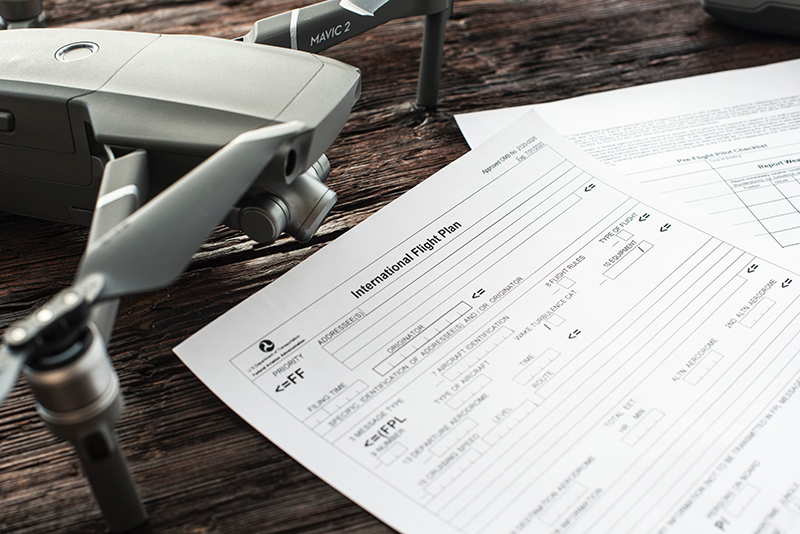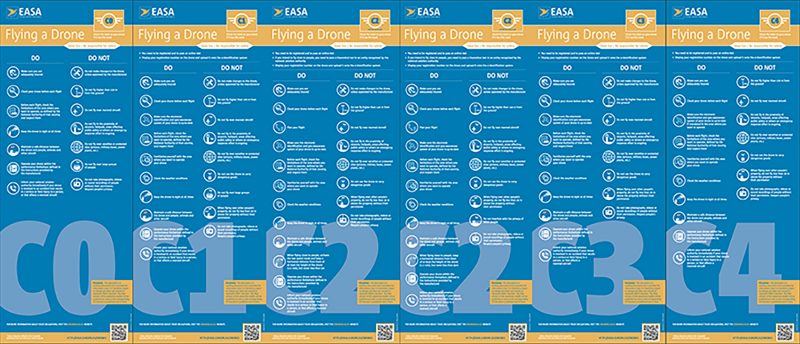New Drone Rules Impact Entire EU (and the UK)

A new set of drone regulations has been passed by the EASA to unify the entire European Union under one set of rules. These rules came into place at the beginning of the year and are now legally enforceable in European countries including Norway, Iceland, Liechtenstein, and the United Kingdom.
DJI, the world’s biggest drone manufacturer, put out a press release at the end of December to inform their customers of what the new rules meant to them.
“These new rules offer, for the first time, a harmonized framework across most European countries and will help drone pilots to operate their drones in different territories on the same conditions as in their home country regardless of recreational or commercial purposes” said DJI in a statement.
These new rules cover both commercial and recreational drone pilots. As a part of this new legislation, the EASA has classified all drones and drone operations into distinct categories and subcategories:
- Low Risk / Open Category – These drones will not require authorization but will have to follow strict limitations.
- Medium Risk / Specific Category – These drones will be forced to have operational authorization from the national aviation authority and will be subject to clear risk assessments to be followed by the operator.
- High Risk / Certified Category – These drones and future passenger-carrying drones will be required to follow aviation rules.
Drone owners will be responsible for finding which of the new subcategories their drone fits within. Each of these subcategories has its own specific rules that the operator will be required to follow:
- A1 – drones that are less than 250g (these drones can be flown over people)
- A2 – drones that are more than 250g but less than 2kg (these drones must be flown at least 50m away from people at all times)
- A3 – drones weighing more than 2kg (these drones must be flown well away from people)
Drones now fall into five classes, from C0 to C4. To help simplify things, DJI have created this chart to show DJI owners where their drones fall within the new categories.

Drones will be required to have a CE class identification label. However, drones purchased before 1st January 2021 that pilots will be flying in the low-risk / open category will have a two-year grace period – but after this these drones will be restricted to flying within one of the other two higher-risk categories.
New drones purchased after 1st January 2021 will require a CE class identification label in order to be compliant with the new rules, each of these CE classes is subject to their own rules which the EASA have made clear in this 6-page poster.

All national aviation authorities now require drone operators to register with them before flying their drone. As these rules are now coming into place, national authorities are adapting to incorporate them.
As a drone operator, it is vital to continually check with local authority legislation to ensure that your flights are compliant with the rules now in place or potentially face a hefty fine. Find more information from EASA on drone registration here.
While these new rules will undoubtedly cause some confusion and take some getting used to in the rollout period, they also signify a new era in which pilots can operate across the EU. To some degree, it will provide the knowledge that a flight will be legal thanks to the same set of clear rules applying at home and abroad.
For more information on the new rules and some helpful videos, head over to the EASA website.






